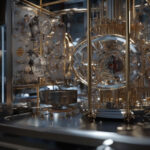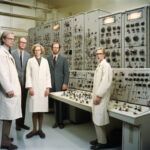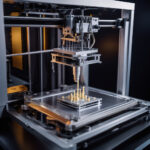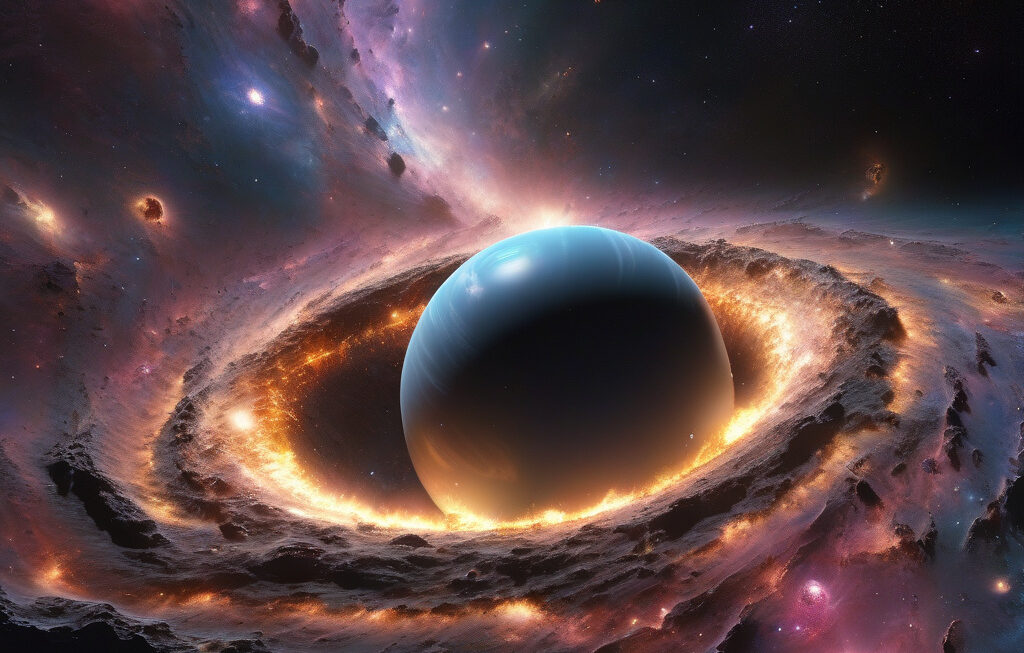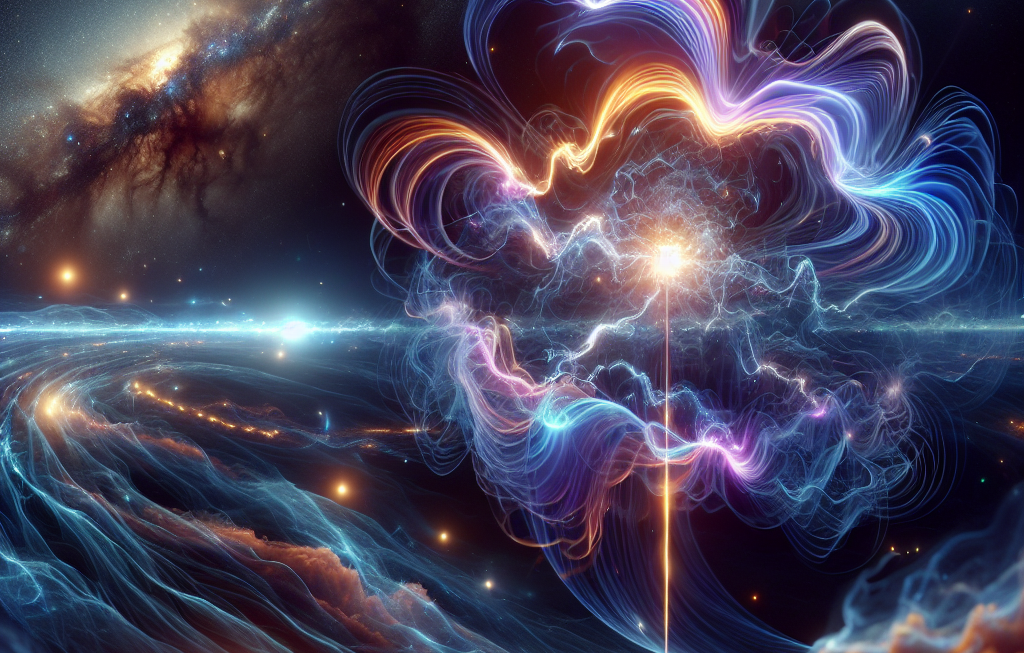Einstein’s relativity meets quantum tech in experiments on space-time curvature
The intersection of Einstein’s theory of relativity and quantum technology has long been a realm of fascination for scientists and researchers alike. Recently, quantum networks have emerged as a potential key to unlocking the mysteries of fundamental physics problems that have puzzled the scientific community for decades.
Quantum networks, which harness the principles of quantum mechanics to transmit and process information, offer a unique platform for probing the nature of space-time curvature. In the context of Einstein’s theory of general relativity, space-time is not simply a static stage on which the events of the universe unfold, but a dynamic fabric that can be warped and curved by the presence of mass and energy. This curvature of space-time gives rise to the force of gravity and governs the motion of objects in the cosmos.
By leveraging the properties of quantum entanglement and superposition, quantum networks provide a means to explore the subtle interplay between quantum phenomena and the curvature of space-time. In particular, experiments involving the transmission of entangled particles through curved space-time regions could offer insights into the fundamental nature of gravity and the quantum properties of the universe.
One of the key challenges in reconciling Einstein’s theory of gravity with the principles of quantum mechanics lies in the formulation of a theory of quantum gravity. While general relativity provides a remarkably accurate description of the gravitational force on large scales, quantum mechanics governs the behavior of particles on the smallest scales. The quest for a unified theory of quantum gravity has been a central goal of modern theoretical physics, with researchers seeking to bridge the gap between these two foundational pillars of physics.
Quantum networks hold the potential to shed new light on this fundamental problem by enabling experiments that probe the quantum nature of space-time curvature. By creating entangled states of particles that traverse regions of curved space-time, researchers can test the boundaries of our current understanding of gravity and quantum mechanics. These experiments may reveal novel phenomena that challenge existing theories and pave the way for a deeper understanding of the fabric of the universe.
In addition to their implications for fundamental physics, quantum networks also offer practical benefits in the realm of quantum communication and information processing. Quantum cryptography, for example, leverages the unique properties of quantum entanglement to secure communication channels against eavesdropping, while quantum computing harnesses quantum superposition to perform complex calculations at speeds far beyond classical computers.
As quantum technology continues to advance, the convergence of Einstein’s relativity with quantum mechanics promises to open new avenues for exploration and discovery. By harnessing the power of quantum networks to probe the mysteries of space-time curvature, researchers are pushing the boundaries of our understanding of the universe and paving the way for a new era of quantum innovation.
#Einstein, #relativity, #quantumtech, #spacetimecurvature, #fundamentalphysics
